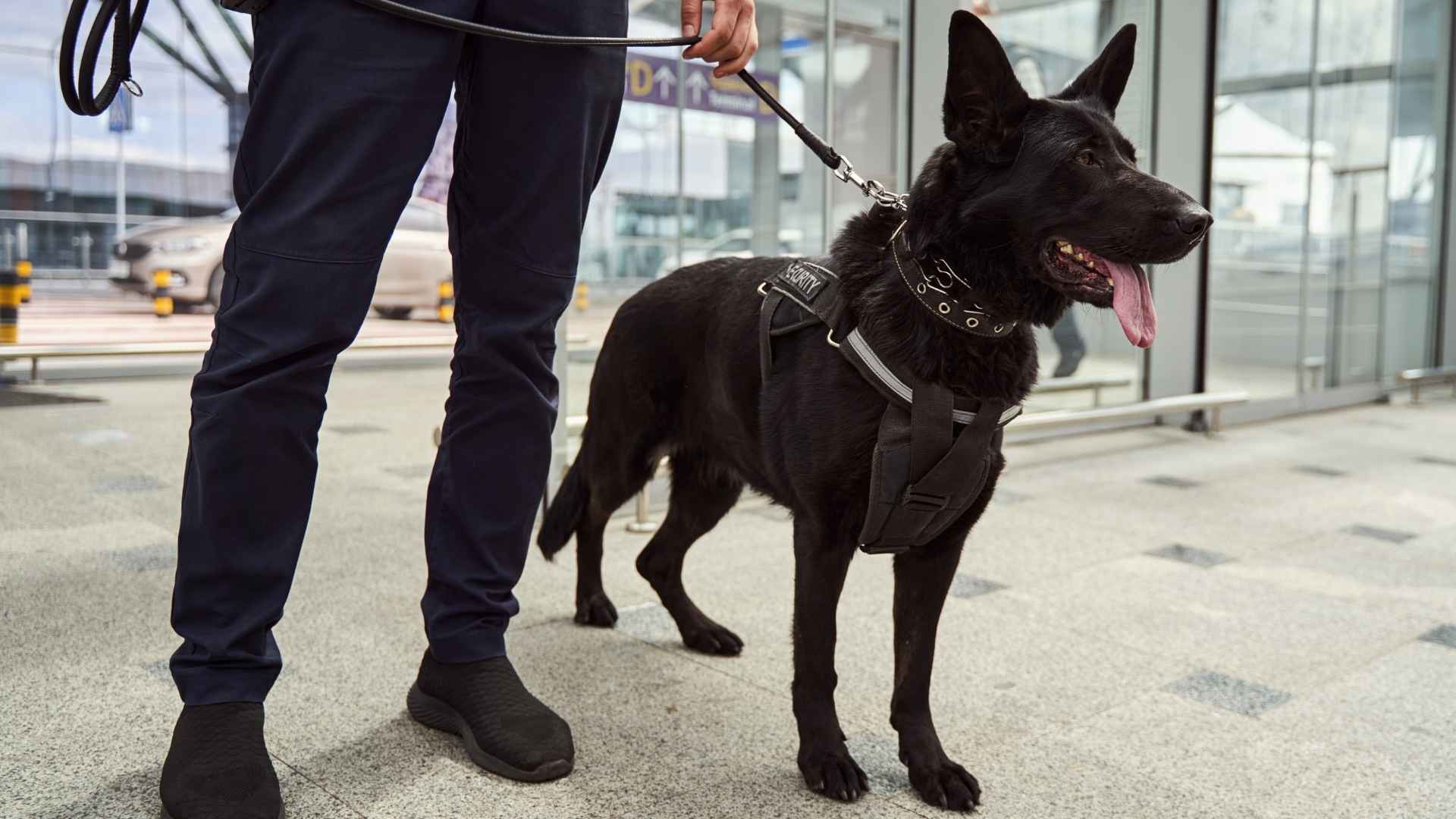Every day, brave dogs step into danger—not for treats, but to save lives. They’re trained police dogs working side by side with officers.
They sniff out drugs, chase down criminals, and even protect entire communities. Their loyalty runs deep, and their courage is unmatched. But not every dog can do this job. Only a few breeds have the brain, the brawn, and the boldness it takes.
In this article, you’ll meet the top dog breeds trusted by police forces worldwide. You’ll learn what makes them special, how they’re trained, and why they’re chosen for one of the toughest jobs in the world.
Police Dog Breeds
1. German Shepherd
German Shepherds are one of the most popular police dog breeds for a reason — they strike the perfect balance between intelligence, strength, and obedience.
Originally developed in Germany for herding, their skillset shifted significantly during World War II when they were used for delivering messages, guarding soldiers, and detecting enemy positions, as highlighted by Europe Stripes.
Not just muscle, strategy, and instinct
In modern police work, German Shepherds are the go-to for tasks that require both brains and bravery. From searching for narcotics to locating missing persons, they’re fast learners who respond well to complex commands.
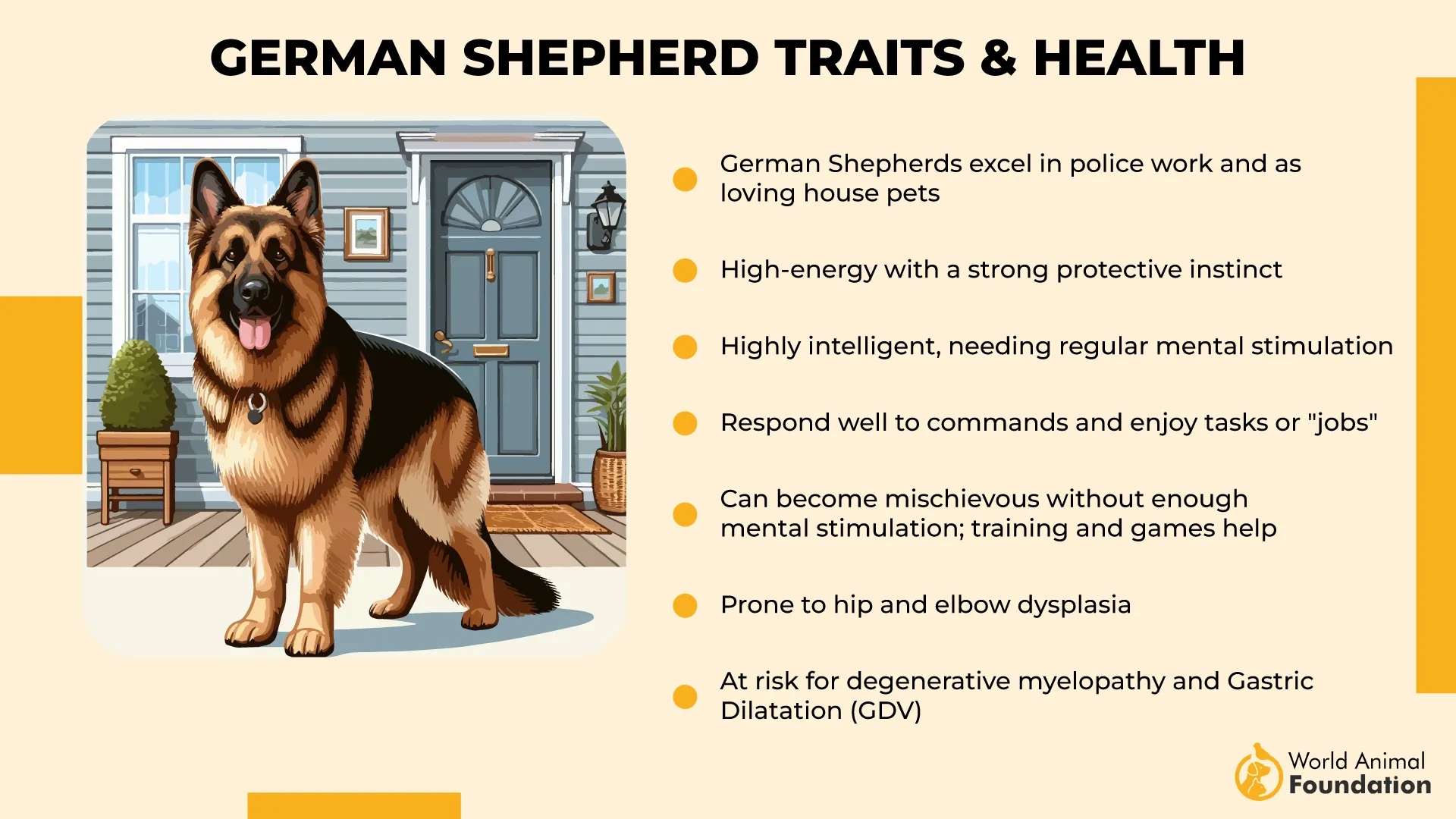
They’re frequently relied upon to identify crime scene evidence, track fleeing suspects, and perform controlled takedowns when needed.
Versatile in every environment
What sets them apart is how adaptable they are. Whether it’s urban patrols, search-and-rescue in the wilderness, or crowd control at large events, this breed maintains focus under pressure.
Their keen senses and solid nerves make them invaluable in unpredictable situations, especially where human officers can’t act alone.
Loyal, driven, and constantly aware
Beyond duty, they form strong bonds with their handlers, working not just with them but for them. German Shepherds are bred to think quickly, act decisively, and remain alert even when off duty, making them ideal for long-term partnerships in high-stress roles.
2. Belgian Malinois
The Belgian Malinois isn’t just fast — it’s calculated. Their slim, agile build makes them ideal for patrol duties where speed and immediate response are non-negotiable.
Unlike some other breeds, they don’t just chase; they strategize, making them one of the most trusted choices for high-pressure police scenarios like suspect apprehension.
Drives results through discipline
What truly sets this breed apart is how it handles extensive training. Whether it’s learning multi-step commands or adapting to evolving situations, they absorb instruction quickly and retain it with remarkable consistency.
That’s why elite K9 units often prioritize them for sensitive missions, including explosives detection, VIP protection, and perimeter security.
Deep connection with their handlers
Belgian Malinois thrive on structure and purpose, making their bond with human partners especially strong.
They’re constantly watching for cues, adjusting their behavior in sync with their handler’s body language — something only a handful of breeds naturally excel at. This emotional intelligence is a core part of their effectiveness in the field.
Extreme endurance, minimal hesitation
These dogs have high energy levels and excel during prolonged operations without losing focus. Their stamina, mixed with mental toughness, makes them ideal for handling fast-paced deployments that require constant awareness and zero room for error.
3. Bloodhound

When it comes to tracking by scent, no other canine even comes close to the Bloodhound. They have a powerful sense of smell so acute that their scent trails can hold up as admissible evidence in court.
Their ability to distinguish between thousands of individual scents makes them a top pick when time-sensitive tracking is critical.
Built for endurance, not just looks
Beneath those signature wrinkles is a surprisingly muscular build that allows them to trail scents for miles without tiring. While they might look laid-back, Bloodhounds are capable of working in intense terrain for long durations, especially in rural or forested areas where traditional methods fall short.
Naturals at what they were born to do
Bloodhounds are primarily used in locating missing persons, escaped fugitives, or even disaster victims buried under rubble, as per Missing Animal Response.
Their work is incredibly focused and instinct-driven — once on a trail, they tend to ignore distractions, following the scent with impressive single-mindedness.
Not just a tracker — a breed with credibility
Despite being less common in urban police work, their historical value and niche skill make them irreplaceable for specialized tasks. In the world of canine law enforcement, few breeds have a legacy as trusted — or as biologically equipped — as the Bloodhound.
4. Labrador Retriever
While not traditionally seen chasing down suspects, Labradors are unmatched when it comes to detection roles. Their extraordinary scenting ability, calm demeanor, and high food motivation make them ideal for detecting explosives, narcotics, and even electronic devices.
Protective but not aggressive
Labs may not be intimidating at first glance, but their loyalty and drive to serve make them quietly protective.
They’re trained to assess without overreacting, alerting handlers to potential threat indicators before any real harm occurs. This balance of friendliness and alertness is what sets them apart in public-facing police work.
Perfect partner for handlers and the public alike
Their approachable appearance helps bridge the gap between law enforcement and civilians, making them one of the few protective breeds that also excel in community outreach.
Whether it’s comforting a child during a crisis or sniffing out hidden contraband, the Labrador stands out as a dependable and intelligent partner.
5. Dutch Shepherd
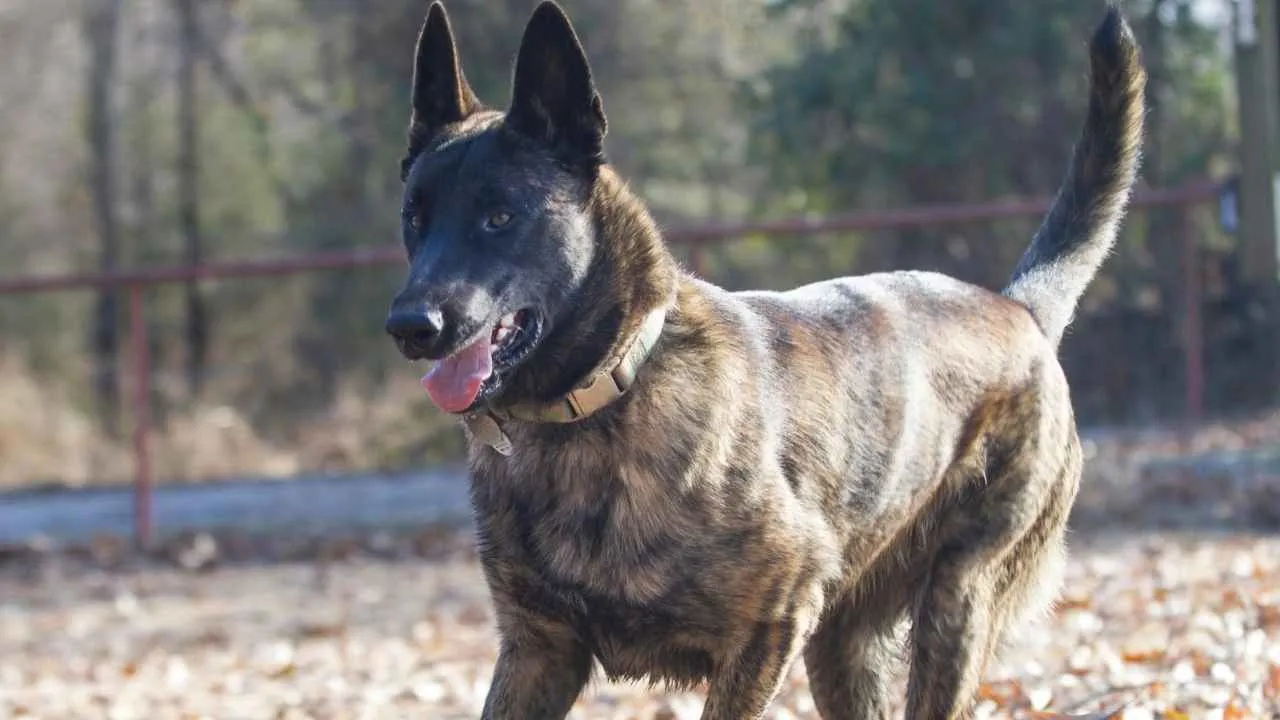
The Dutch Shepherd’s balanced physique makes it a natural when it comes to dynamic police operations. Whether it’s sprinting through obstacle-laden alleys or leaping fences during a chase, this breed’s nimble coordination gives it an edge in high-speed pursuits and tight tactical situations.
Instinctive control and independent problem-solving
Unlike breeds that rely heavily on commands, Dutch Shepherds excel at autonomous decision-making in complex environments. This means that even without verbal cues, they can assess rapidly shifting conditions, like distinguishing civilians from suspects during crowd control, and act accordingly.
The unsung heroes of K9 units
Often overshadowed by more “mainstream” police breeds, Dutch Shepherds are favored in elite European units for their reliability and lower reactivity.

They’re less prone to overstimulation, making them ideal for extended patrols, search-and-rescue operations, and quiet surveillance where precision is more valuable than brute force.
Loyalty that doesn’t cloud judgment
Despite forming deep bonds with handlers, these dogs maintain a professional demeanor while on duty. They’re not easily swayed by emotion or chaos, which means their commitment to the task at hand never wavers, even under intense pressure or environmental stress.
6. Beagle
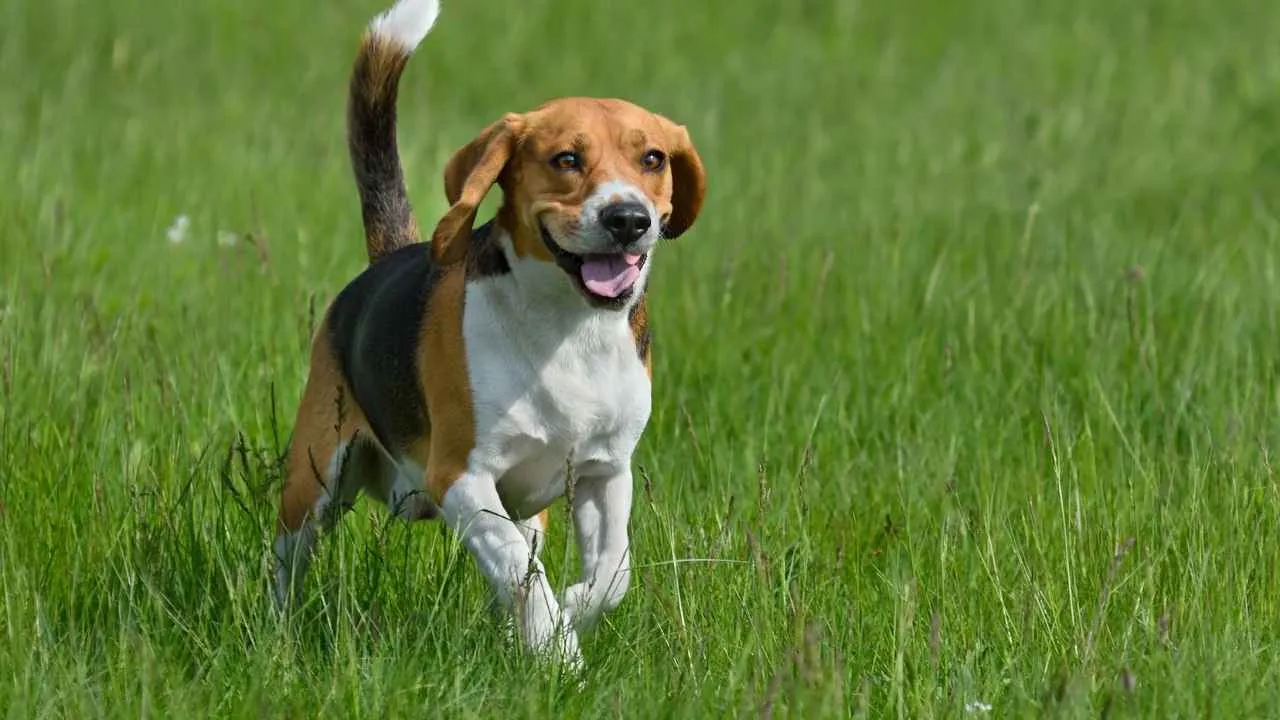
Beagles may not have the intimidating size of larger breeds, but their supercharged nose put them in a league of their own.
With over 220 million scent receptors, these small hounds are often used in airports and border patrol, especially for detecting narcotics, contraband food, and agricultural items without alarming the public.
Behavior that fits the job
Their calm demeanor and non-threatening appearance make Beagles ideal for public spaces where a large police dog might cause distress.
They can maneuver through tight spaces with ease and won’t intimidate travelers, which is exactly why they’re a favorite in customs and security operations.

Focus powered by food drive
Beagles have an exceptional food motivation, which makes them easy to train for scent detection. They’ll stay on task for extended periods when rewarded properly, and they’re remarkably consistent, even in chaotic environments with overlapping smells.
Quiet professionals in a loud environment
What truly sets them apart is their ability to work effectively without barking or reacting unnecessarily. While many dogs may alert loudly, Beagles are trained to signal discreetly, which is vital in crowd-heavy zones like international airports. Their subtlety and skill make them incredibly valuable in operations that demand both efficiency and discretion.
7. Doberman Pinscher
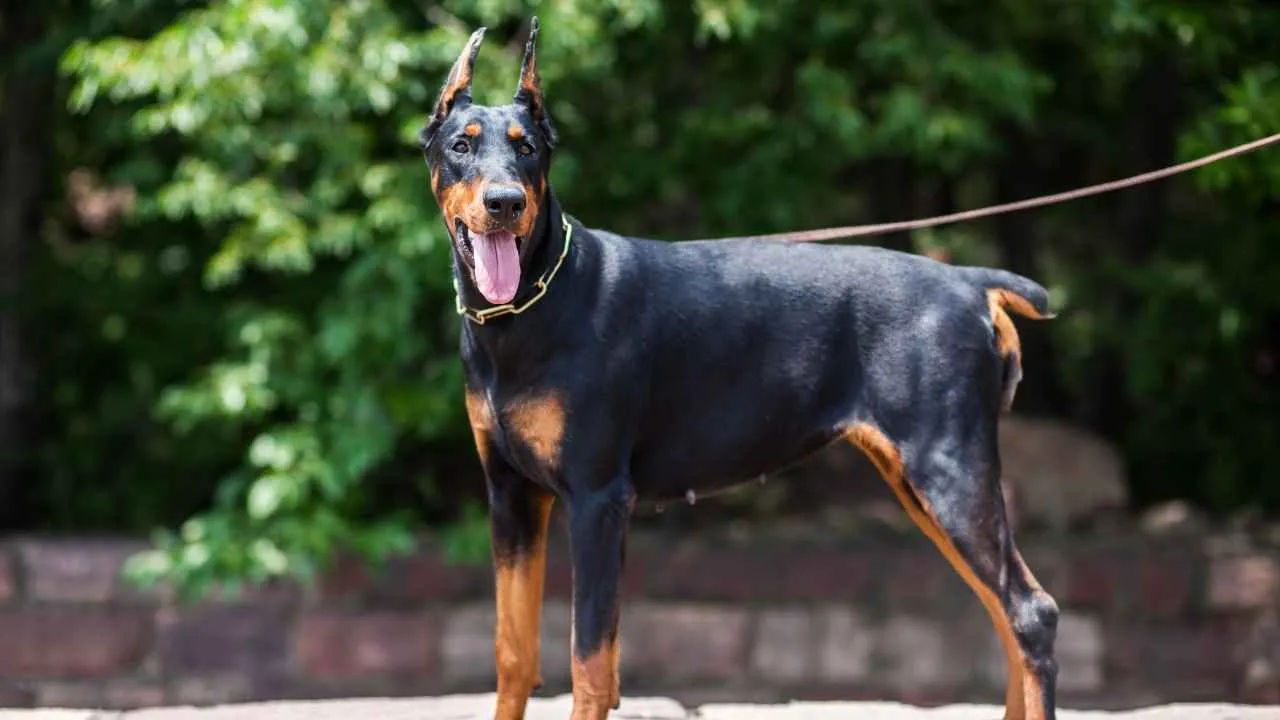
With their sleek, muscular frame and tight, compact build, Dobermans are practically designed for rapid pursuit. They’re fast—clocking speeds up to 30 mph—and have incredibly tight cornering ability, which makes them ideal for chasing down suspects on foot in tight urban environments where bulkier breeds struggle.
Fearless protectors with sharp instincts
What sets the Doberman apart is not just its athleticism but its unshakable confidence in high-stress scenarios. Whether it’s crowd control, perimeter guarding, or patrolling at night, these dogs assess threats instantly and respond with speed. Their mere presence is often enough to deter hostile actions.
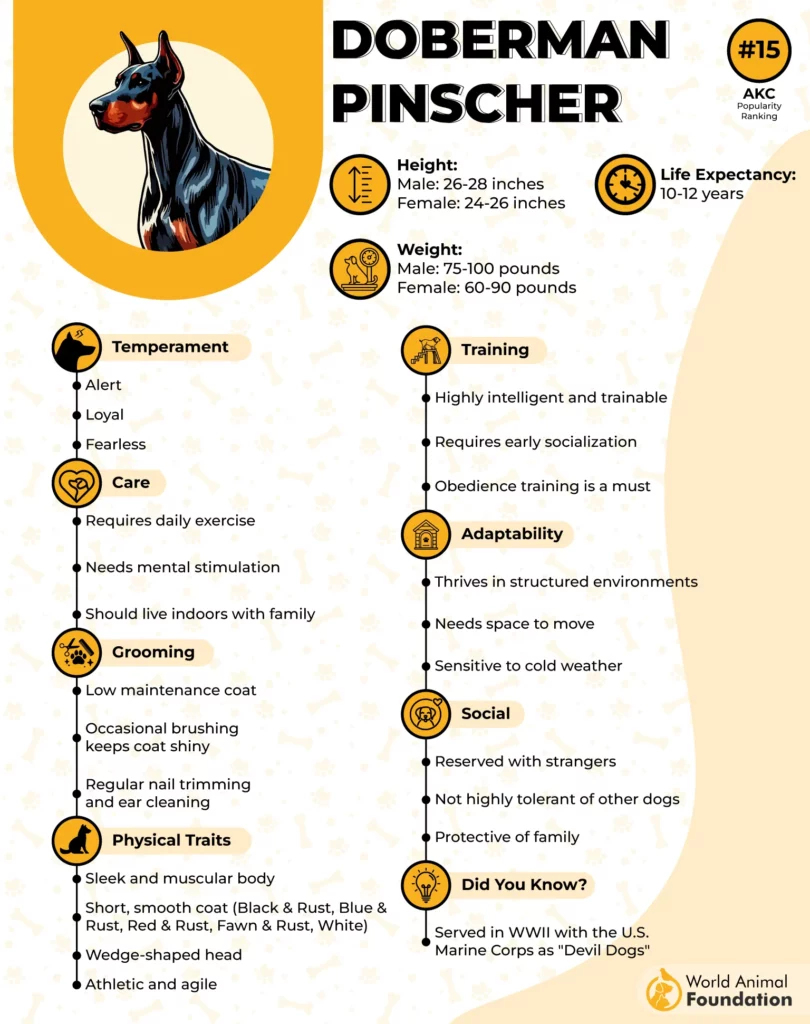
Unmatched handler loyalty and focus
Dobermans form an intense bond with their handlers, often described as “velcro dogs” within K-9 units. This connection translates to highly responsive behavior during tactical operations, where immediate and silent communication can be the difference between success and failure.
Strategic thinkers, not just reactors
Unlike breeds that rely solely on brute force or instinct, Dobermans process instructions with almost human-like comprehension. Their quick decision-making and situational awareness allow them to adjust mid-task, whether it’s switching from defense to pursuit or disengaging when signaled, making them a thinking asset, not just a physical one.
Conclusion
These incredible K9s aren’t just working dogs — they’re heroes with paws. Each of the following breeds proves that bravery comes in all sizes and shapes.
Whether it’s sniffing out danger or chasing down a suspect, their strong work ethic never wavers. They don’t just follow a leash — they follow a mission. And while most of them wouldn’t be your average pet, they earn more respect than words can carry.
From saving lives to providing crucial services, these dogs give everything. And all they ask in return? Trust.


